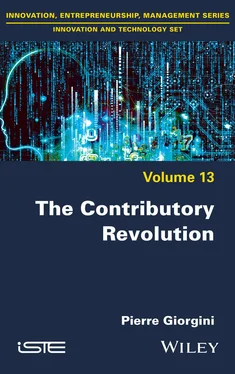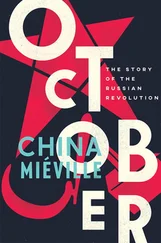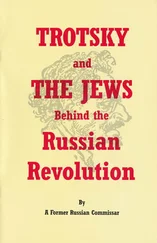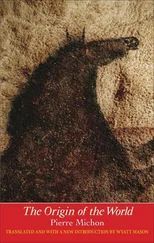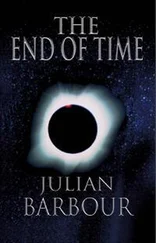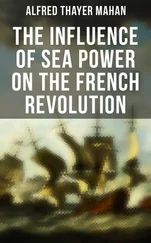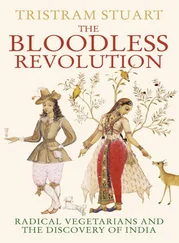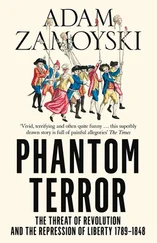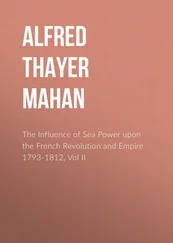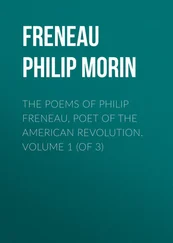Let us take a well-known example from quantum physics. The wave functions mathematized by Schrödinger’s equations can be broken down into a product of two functions: a form function (trajectory for the wave, probability of presence for the particle or confined wave) and an energy function governed by the universal law of energy conservation. Formally, this theory is perfectly deterministic. The equation and its solution have no hazardous components. It is the interpretation and especially the process of quantum measurement that will introduce the uncontrollable, what is historically called the wave packet projection rule: chance projection on one of the components. Without measurement, the evolution of the quantum system would be just as deterministic for a physicist as a classical system.
Conversely, a formal theory can only be constructed within a formal locality (physical or temporal space defined by an axiomatic). Another source of incompleteness will then emerge, that of the influence of what is not local or of what is at the limits of the physical or temporal formal locality: hidden variables, for example, or side effects, or sensitivity to initial conditions.
All in all, we can see that what underpins the epistemological approach in this mathematical–physical approach is exo-distributive. The principle of formal construction proceeds from the fabrication of a formal intelligence external to the object, which even “creates the object” by constituting it from a conceptual point of view. The principle of proof is separate, and real matter is thought by the scientist to be subject to formal laws that determine it even in time, according to a principle of causality. Even if incompleteness and uncertainties are intrinsic (we will return to this), the formalism is distributed within the real to constitute it as an object that “no longer” escapes human understanding. In fact, formal continuity creates real continuity.
Thus, let us imagine a ball for drawing the lottery, itself made up of balls each containing 10 balls for each unit, 10, 100, etc. Although the result of the draw is perfectly random, each of the processes of impact between them, between them and the walls, and of centrifugal acceleration is perfectly deterministic and yet creates a perfectly random process by its combination. This possibility was highlighted by Henri Poincaré (1890) for the laws of gravitation in his theory of the three bodies. The temporality of the machine, and its conformity to the laws that are distributed in it to interpret its functioning determine it entirely, even if incompleteness and indeterminacy prevail through the combinatorial process (impacts, speed, etc.). We speak of deterministic chaos. Indeed, in theory, if the initial conditions at the time of the launching of the draw were exactly the same (weight and shape of the balls, atmosphere, temperature, pressure, etc.), the result would be identical each time. But the multiplicity of impacts and the divergent nature of the rebounds on the walls, and the sensitivity of the trajectories to the exact nature of the impact mean that a tiny variation in one of the many conditions, both initial and occurring during the draw, makes the uncertainty grow exponentially with time.
So what difference does it make if the objects are not inert and the machine is a biological and living organism? The first and most important difference is that for the machine there is no contingent intention other than to provide the lottery number. The designer’s intention is entirely and exclusively translated by a technique without any autonomy in relation to this. There is no intrinsic conservation requirement apart from the principle of energy conservation, no intrinsic “intelligence or decision-making capacity” that is distributed in the balls full of balls and the balls themselves. For the machine, essence precedes existence. The design of the machine and its operation have the sole aim of putting the machine at the service of its designer’s objective, to draw the lottery at random.
For the living world, on the other hand, for each complex constituent element there is a teleology which perpetually reinvents itself, driven by a “contingent purpose” which runs through like a force field: the forces of disorder, of entropic alteration, against the forces of anti-entropic conservation, intrinsic intelligence, a distributed decision-making capacity, continuously reinventing its ecorithms (Valiant 2013) and in a co-contributory manner. Moreover, the chaos intrinsic to the complexity and variability of the initial and “living” conditions is subject to ongoing anti-chaotic corrections, maintained by adaptive ecorithms.
It is important to pause here for a moment on this probably inappropriate term, purpose. I use it here deliberately to give me the opportunity to clarify a fundamental point to which I will return at the end of the book. Indeed, the word purpose is tricky because it most often implies the notion of intentionality. As with the machine, it implies the existence of a designer (a great architect) with a precise intention; therefore, the word teleology would be more precise. For it is an internal purpose within a living organism, whereas purpose brings to mind the whole universe and a designer (or a general “Purpose-Being”, like Aristotle’s First Mover).
Here, I consider things from a physical point of view and at this stage forbid myself from crossing the line between the physical and the metaphysical. In fact, for me, from a physical point of view, the history of evolution, from the inert to the living world to the human, is a magnificent story of emancipation of the forces of conservation constantly opposed to the forces of alteration. They are present in the inert, of course, engaging counter-entropic forces (antimatter, etc.).
The constitution of organisms (with a membrane with an inside and an outside), with a first stage of complexity organized around an autonomous functioning and a logical capacity to react to an environment trying to alter them, constituted the first threshold of emancipation of the forces of conservation with respect to inert matter. The grouping into eco-communities and then into multicellular organisms constituted a second threshold. Reproduction constituted the third threshold crossed by the forces of conservation in their long process of emancipation. To illustrate this, it has recently been shown, for example, that the aging of bacteria has been controlled by nature through reproduction. Indeed, these bacteria age and die by accumulating “waste” proteins that are generated by their metabolism and not eliminated. The reproduction of bacteria allows an ongoing dissolution of this level of “waste” proteins and therefore the survival of the species.
The mobility achieved by living creatures probably marks a fourth threshold which, as we have seen, led to the first spatio-temporal formalisms in hominids and probably in a certain number of animals in different forms to those associated with consciousness. The conquest of the conscious mind by humans constituted the fifth, allowing them to compensate for their poor physical performance in terms of survival through intelligence and imagination. Transhumanists also believe that history is not to be written in the traditional theories of evolution and that other thresholds in terms of conservation will soon be crossed, such as the eternal safeguarding of a dematerialized human being, placed in memory, or the emergence of an indefinitely repairable post-human.
To use the word purpose therefore means crossing a very delicate line between the physical and the metaphysical, a barrier that Max Planck crossed in a somewhat chance way at the end of his life:
As a man who has devoted his whole life to the most lucid science and the study of matter, I can tell you this in conclusion to my research on atoms: there is no matter as such. All matter originates and exists only by virtue of a force which causes the particles of an atom to vibrate and which sustains this entire atomic system together. We must assume behind this force the existence of a conscious and intelligent mind. This mind is the matrix of all matter 3.
Читать дальше
